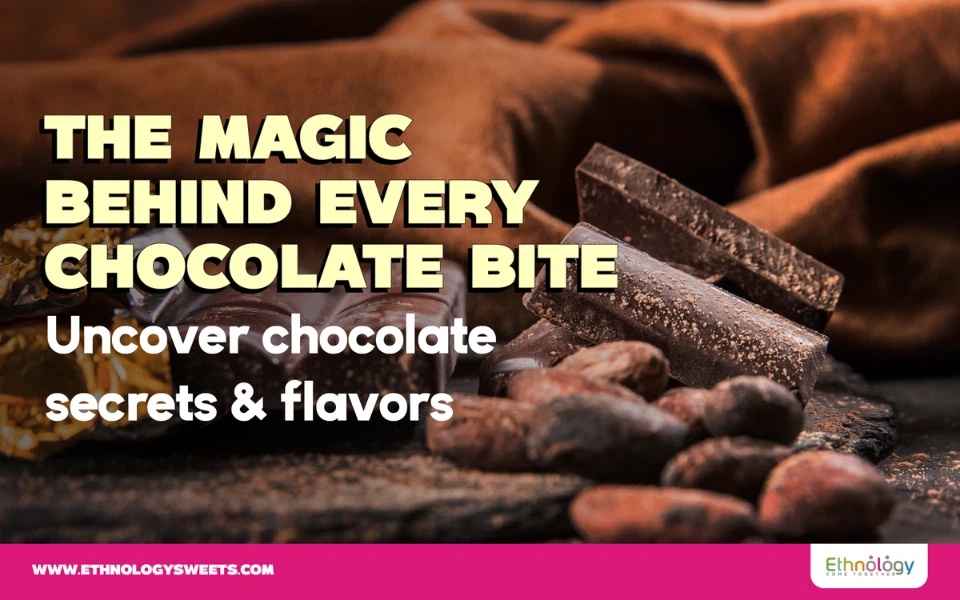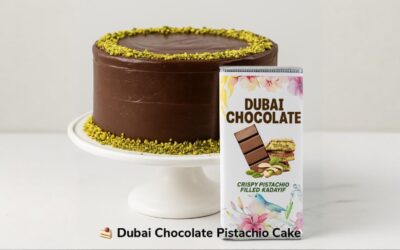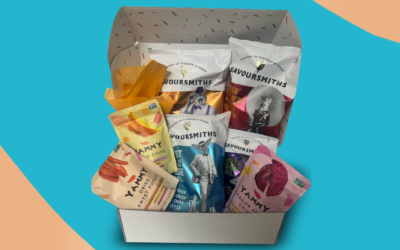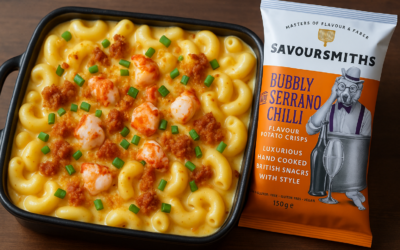Discover the reasons why we love chocolate and what lies behind its appeal. The answer its in its composition, ingredients and variety. Let’s start by how we can defined chocolate bar, as a chocolate. In addition to cocoa mass, the bar must contain at least 1% of sugar. Cocoa mass is what gives chocolate its distinctive flavor and intensity. The quality of the cocoa beans that are used to make it and the standard of the manufacturing processes are the basis on which the quality of the finished product is judged.
What is its composition of Chocolate?
Composition of Chocolate:
- The role of cocoa butter: is to make the chocolate softer and give its texture that melts in your mouth.
- Sugar: gives it balance and turns it into the sweet treat that we all love. This is because cocoa actually has a bitter taste, the sugar serves to tone it down its harshness and enhance its aromatic components. Soy lecithin works as an emulsifier, making the mixture more fluid and easier to work with.
- Hazelnuts: if added whole the final product will be hazelnut chocolate, while if hazelnut paste is use, the result is gianduja.
- Vanilla: is a common ingredient of chocolate. Its use dates back to its origins when the Maya and Aztecs used it to flavor their cocoa beverages. It helps make the chocolate more fragrant.
- Cocoa powder: is sometimes added to give strength and intensity to its flavor.
- Milk: generally used in powder form is use to make it less strong and sweeter.
Discover Types of chocolate
While its country has its own regulations to determine chocolate, the most popular chocolates from Belgium, Germany, Great Britain and Italy categorized them slightly different according to its amount of cocoa bean use. Below its an example of Italian chocolates:
- Dark Chocolate: must contain at least 43% cocoa mass and 28% cocoa butter. There are dark chocolates to suit all tastes, ranging from bare minimum to much higher percentages, such as bittersweet, or extra dark chocolate, which cocoa content of between 80% and an extreme and very strict limit of 99%. Try our Cote D’or with 86% chocolate or our Dubai dark chocolate.
- Milk Chocolate: typically light brown in color, contains at least 25% cocoa and 14% milk derived substances. Many producers and chocolatiers today make types with a much higher proportion of cocoa, about 35%-45%. Our Dolfin 37% milk chocolate a perfection of this type of chocolate. Also Sweet Sea chocolate bon bon is a delicious option to try different levels of milk and dark chocolate.
- Gianduja Chocolate: Least 32% cocoa mixed with hazelnut meal that originated in Turin in the early 1800s. Chopped almonds and walnuts can also be added to the mixture, provided their weight in combination with the hazelnut meals does not exceed 60% of the total. Our Amedei Toscano chocolate could be a smart gianduja decision if you want to try it.
- White Chocolate: contains maximum 55% sucrose, a minimum of 20% cocoa butter and at least 14% milk or dried milk derivatives. In practice, white chocolate contains no cocoa and cannot be considered a true chocolate. Amedei Toscano white chocolate directly from Italy can be an explosion of white chocolate flavor in your mouth.
- Ruby Chocolate: the latest addition to the market, ruby chocolate was introduced in 2017 as a product made from cocoa beans with a natural ruby color. Created by Barry Callebaut company, it has at least 47% cocoa to which a minimum of 26% milk is added. It also appreciated for the fruity and fresh notes of its aroma.
Different variations, flavors, fillings are created every day. Chocolate is versatile, it can go well with liquor, fruits, nuts, cookies, tea, coffee. The latest has been pistachio filling creation that has been trending thanks to influencers and social media. Dubai Chocolate has come to revolutionize the chocolate market, and give a fresh new flavor to our taste buds. Enjoy our selection of Dubai chocolates from dark chocolate, milk chocolate and chocolate bombs.




